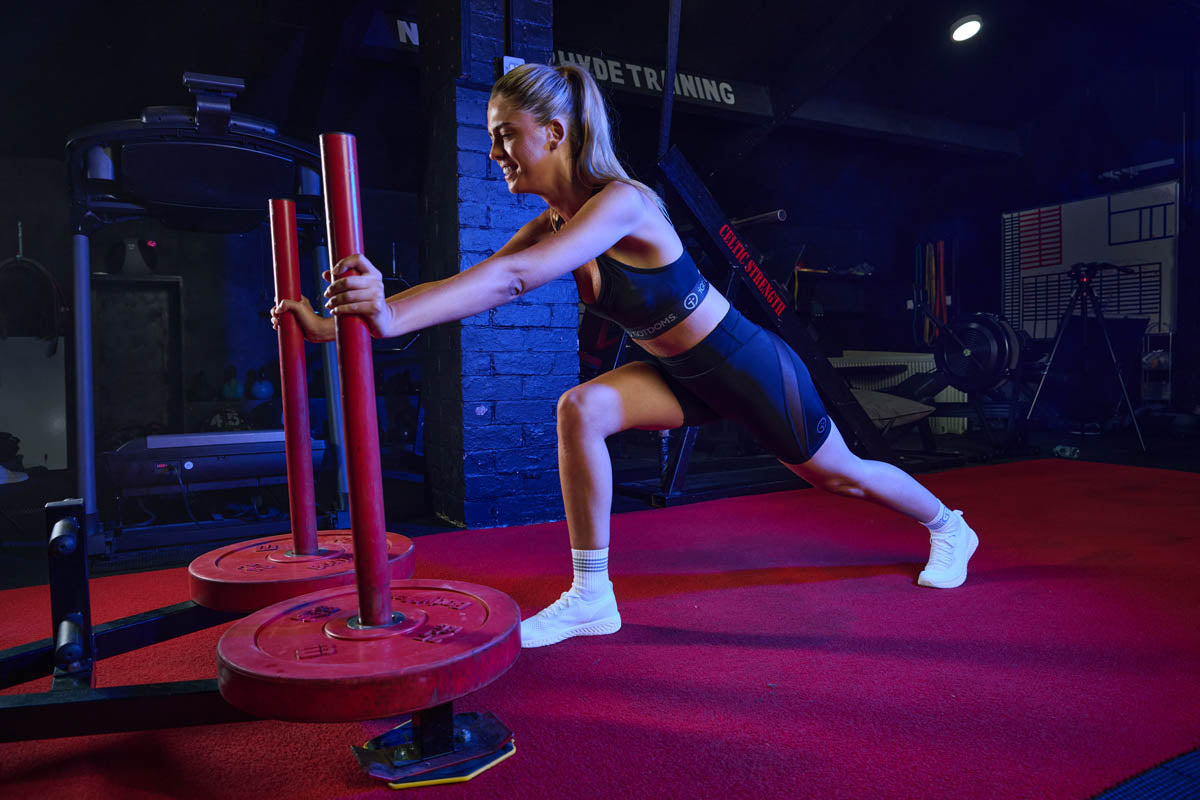JOIN TEAM IGD
Join our community for early access to events, workout guides, and exclusive offers - including 15% off your first order.
This store requires javascript to be enabled for some features to work correctly.
Join our community for early access to events, workout guides, and exclusive offers - including 15% off your first order.

Adductor muscle pain is the obvious sign that a groin injury is present. Sudden movements cause pain on the inside of the thigh however with 2 weeks' rest these first signs can reduce significantly.
Chronic groin issues tend to be painful higher up into the groin and it feels sharp in nature closer to the pelvis. This type of symptom tends to reduce as the session progresses, almost as if it's “warmed up”.
However, if not treated correctly with rest and prehabiliation exercises, the symptoms build to a point where any movement causes discomfort and warming up exercises become unbearable.
It's very important to get a full assessment and start the diagnosis process with a medical professional such as a Physiotherapist or Sports Physician.
The pain from a groin strain or hernia can be similar in nature therefore correct testing tends to point the patient in the right direction if further investigation is required. Hernias commonly are painful when coughing or sneezing however chronic groin strains can cause inflammation and damage along their attachment to the inguinal ligament (Gilmore’s Groin), giving very similar pain signals when coughing/sneezing.
The gold standard for further investigation is an arthroscope, so to avoid such invasive procedures a well-trained Physiotherapist can help assess the likelihood this type of operation is required. A Physiotherapist can ascertain whether the patient is suffering from a simple groin tear or inadequate if the matter is more indicative of a hernia type issue.
The best treatment for a pulled groin is rest.
The human body has an amazing repair mechanism and with simple rest for a 2 week period, the athlete can begin to move pain-free before beginning a light return to exercise and sport.
Compression garments (IGD Ductor shorts, for example) aid recovery by keeping heat within the groin muscles and promoting vascular return within the area which speeds up the repair process.
A pulled groin typically repairs over 2 weeks however care must be taken to strengthen and elongate the new cells that the body creates in order to not repeat the damage to the cell infrastructure.